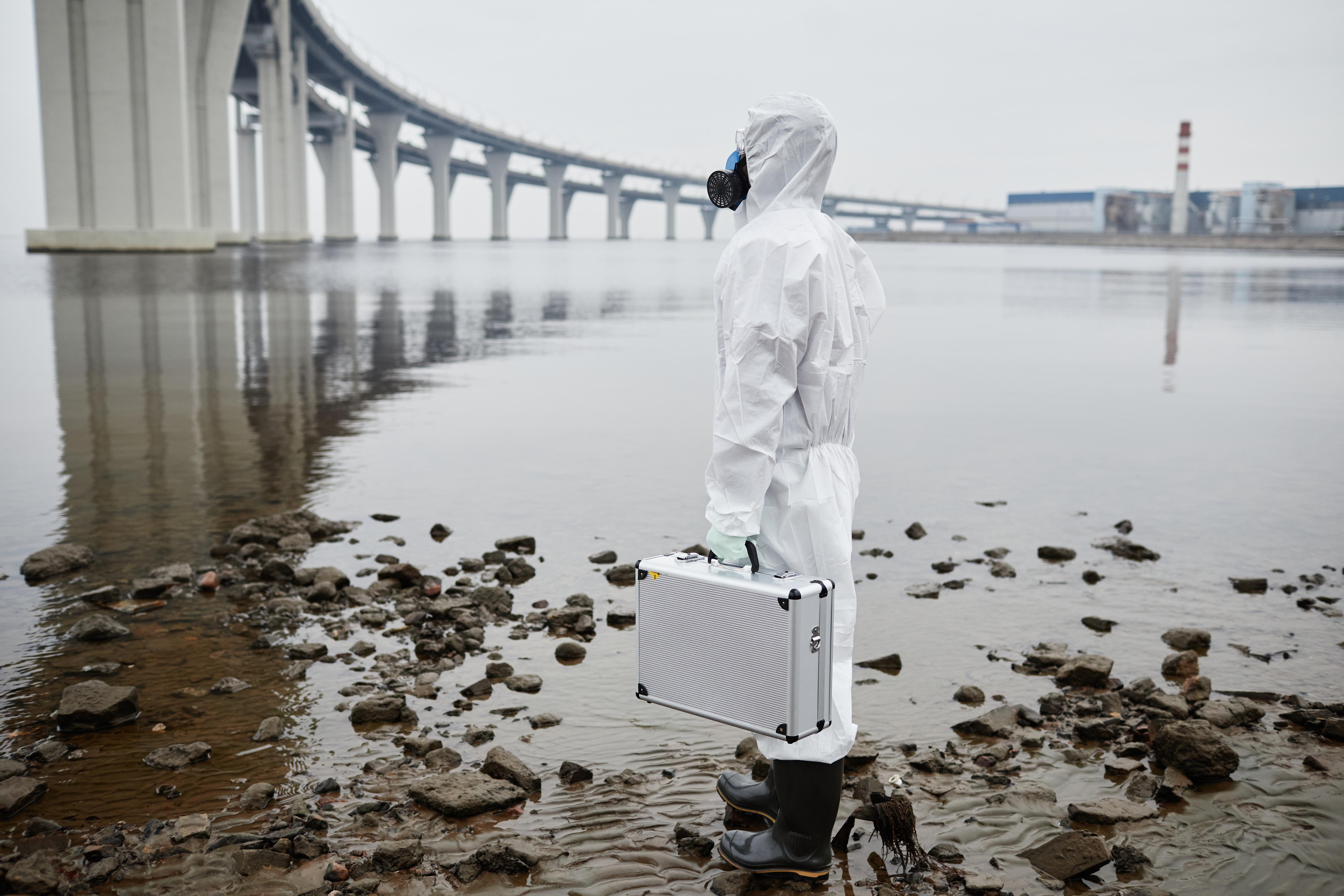11 PFAS Perils: Hidden "Forever Chemicals" Secretly Harming Your Health
In the modern world, our lives are intertwined with a myriad of chemicals, many of which remain unseen and unconsidered. Among these, PFAS chemicals, or per- and polyfluoroalkyl substances, have silently infiltrated various aspects of our daily lives. Often referred to as "forever chemicals" due to their persistence in the environment and human body, PFAS compounds have been used in countless products for their resistance to heat, water, and oil. However, their resilience is a double-edged sword. While they provide convenience and durability, they also pose significant risks to our wellbeing. This article delves into 11 ways these chemicals quietly impact our health, environment, and society, aiming to shed light on an often-overlooked issue.
1. The Ubiquity of PFAS in Consumer Products

PFAS chemicals are found in an astonishing array of consumer products, from non-stick cookware and waterproof clothing to food packaging and cleaning agents. Their widespread use is due to their unique properties that repel grease, water, and stains. However, this convenience comes at a cost. As these products are used and discarded, PFAS compounds leach into the environment, entering our water systems and food chains. The pervasive nature of these chemicals means that virtually everyone has been exposed to them, often without realizing it. This ubiquity raises concerns about cumulative exposure and the long-term effects on human health.
2. Contaminating Drinking Water Supplies

One of the most alarming impacts of PFAS chemicals is their contamination of drinking water supplies. Due to industrial discharges, firefighting foam runoff, and landfill leachate, PFAS have been detected in water sources worldwide. Even at low levels, these substances pose significant health risks, including developmental effects in infants, increased cancer risk, and liver damage. The challenge lies in their persistence; traditional water treatment methods are often ineffective at removing them. As a result, communities are left grappling with the difficult and costly task of ensuring safe drinking water, highlighting the urgent need for improved filtration technologies and regulatory measures.
